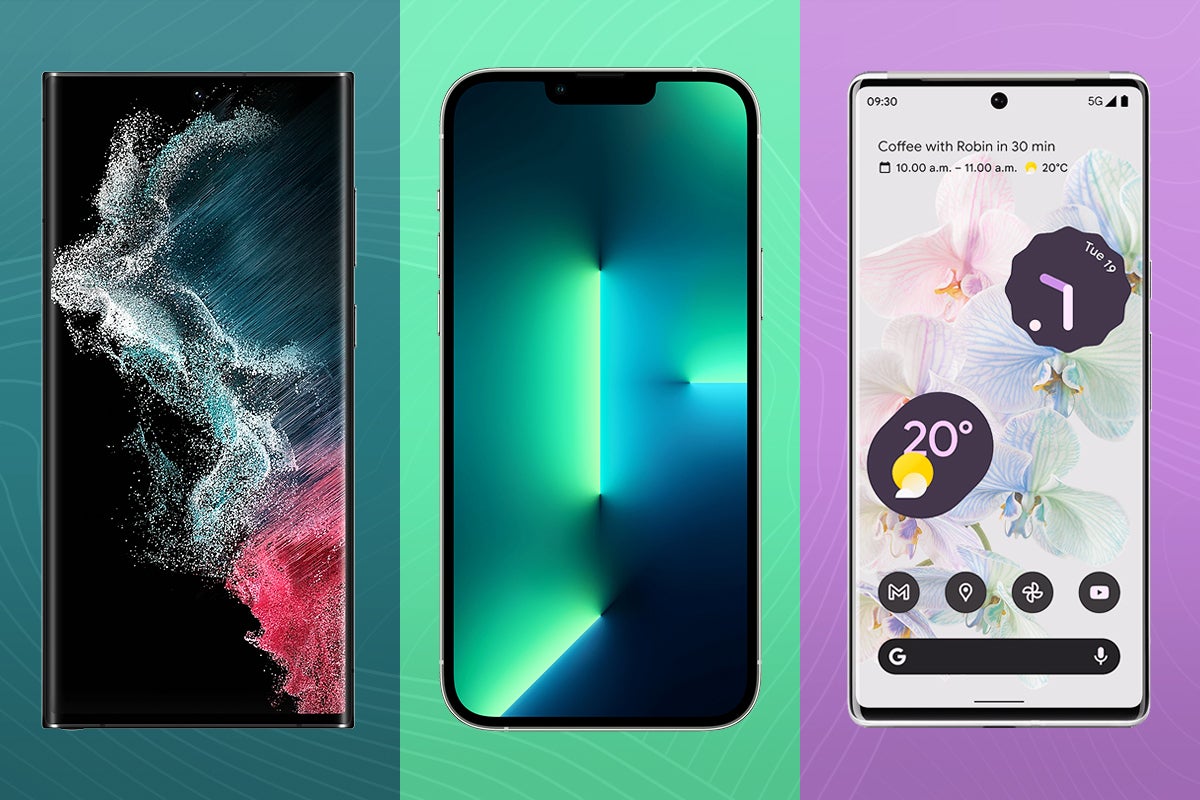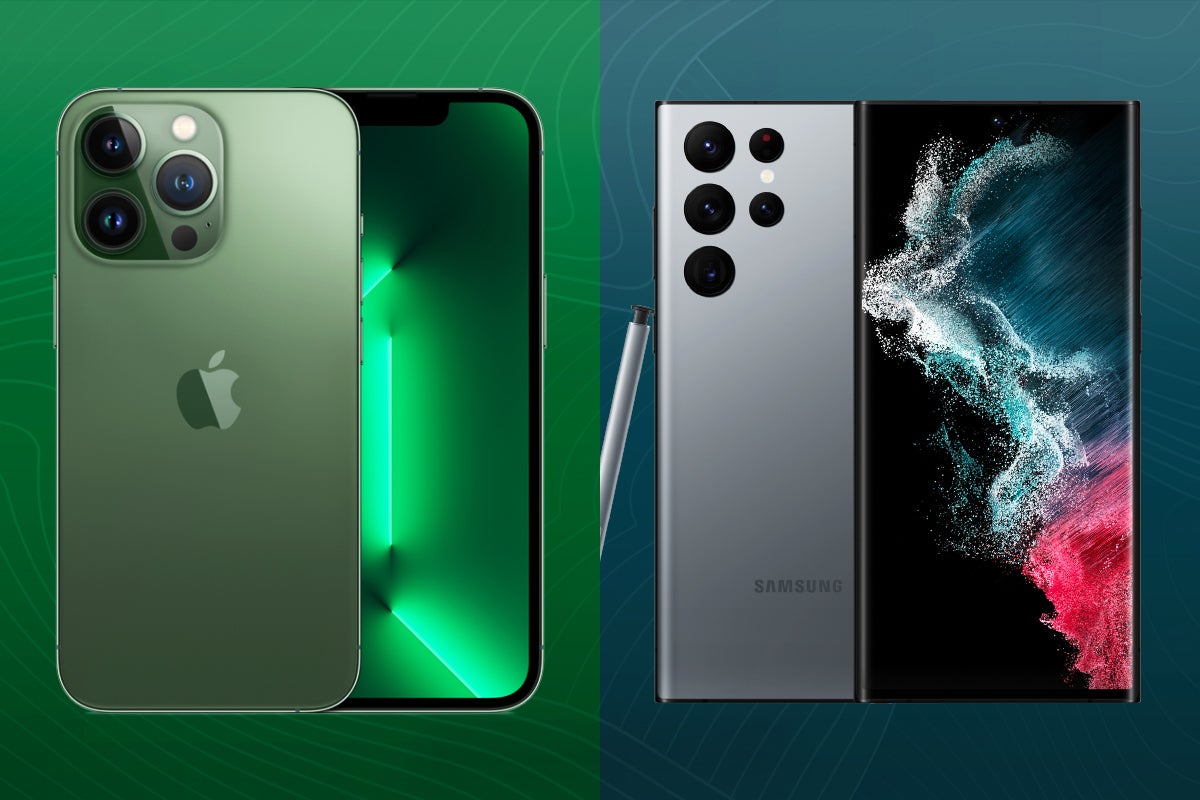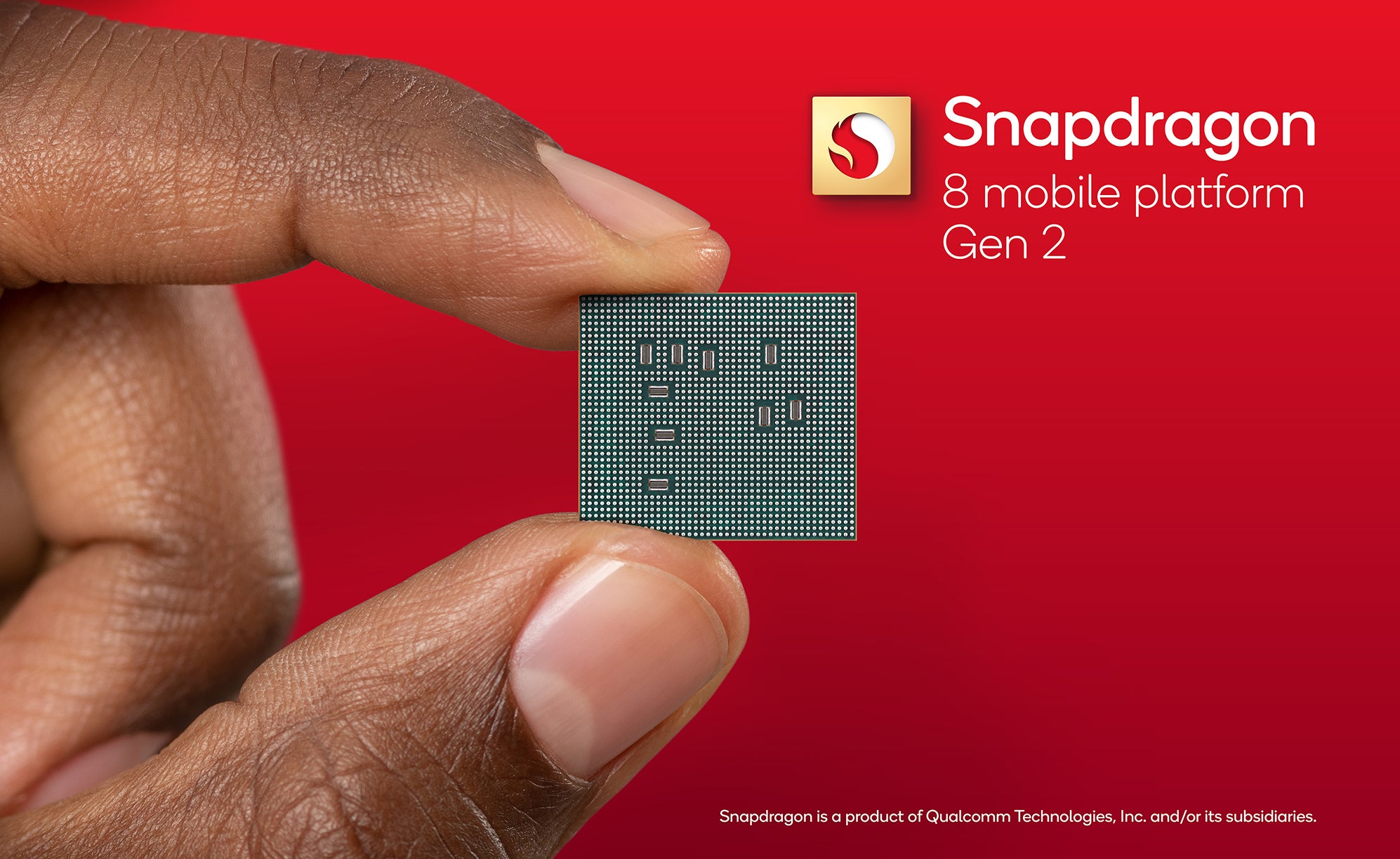Snapdragon 8 Gen 2 vs Apple A16 Bionic: How do they compare?

If you’re looking to upgrade your high-end smartphone in 2023, chances are you’ll be choosing between devices powered by one of two chipsets – the Snapdragon 8 Gen 2 and the Apple A16 Bionic.
The A16 can be found in the iPhone 14 Pro and 14 Pro Max, while the Snapdragon 8 Gen 2 will be available in a number of yet-to-be-announced Android phones.
Read on to discover all the biggest similarities and differences between Apple’s A16 Bionic and the Qualcomm Snapdragon 8 Gen 2.
CPU
The Snapdragon 8 Gen 2 is equipped with the Kryo CPU, a 64-bit processor based on a 4nm process. The CPU consists of 1 prime core, 4 performance cores and 3 efficiency cores, delivering 35% faster performance and 40% better power efficiency compared to its predecessor, the Snapdragon 8 Gen 1.
But, how does it compare to the A16 Bionic?
The A16 features a 6-core CPU, including 2 high-performance cores and 4 high-efficiency cores, meaning it includes one more efficiency core but fewer cores overall.
Like the 8 Gen 2, the A16’s CPU is also based on a 4nm architecture, allowing for 16 billion transistors for faster performance than chips based on the previous 5nm process.
Apple claims the processor can handle demanding workloads and is 40% faster than its competition. The company didn’t name any specific rival in its press release, but, if Apple was referring to the 8 Gen 1, the 35% performance boost on the 8 Gen 2 would put the platform more in line with the A16 Bionic in terms of performance.
GPU
The Snapdragon 8 Gen 2 features the Adreno GPU, which enables support for Unreal Engine 5 and photorealistic human characters with Metahuman, as well as, for the first time on a smartphone chip, real-time Hardware-Accelerated Ray Tracing.
Apple has kitted its A16 Bionic with an accelerated 5-core GPU. The chip also benefits from 50% more memory bandwidth than the A15 Bionic which it says works to support more graphics-intensive games and apps.
Camera
With the Snapdragon 8 Gen 2, Qualcomm has launched its first-ever AI-powered camera processor, the Spectra 18-bit triple Cognitive ISP.
The Cognitive ISP powers Semantic Segmentation, which enables the camera to identify different layers – like faces, clothes and backgrounds – and optimise them separately, modifying the colour, tone, sharpness and noise reduction in real-time. Qualcomm compares this process to Photoshop layers but captured in ISP.
The ISP also allows for up to 200-megapixel photo capture and 8K video capture in 10-bit HDR, whereas the A16 Bionic-powered iPhone 14 Pro is limited to 4K video and 48-megapixel images.
Like the Snapdragon 8 Gen 2, the A16 Bionic leverages its AI technologies to power computational photography features. The CPU, GPU, Neural Engine and ISP combine to complete up to 4 trillion operations per photo snapped with the iPhone 14 Pro’s quad-pixel camera sensor.
AI
The Snapdragon 8 Gen 2 features Qualcomm’s most advanced AI Engine yet for up to 4.35x faster performance compared to its predecessor and AI improvements across the platform.
The Qualcomm Sensing Hub now features dual-AI processors. Devices powered by the flagship chipset will be able to determine whether they should be portrait or landscape based on the orientation of your face, detect horizons to straighten out sunsets and achieve multi-language translations.
The Always Sensing Camera can also automatically open QR codes without you having to unlock your phone and head into the camera app manually, making scanning menus at restaurants a significantly faster experience.
The A16 Bionic, meanwhile, is equipped with Apple’s latest 16-core Neural Engine, which the company says is capable of performing almost 17 trillion operations per second.
Both devices also consume less power than their respective predecessors. The Snapdragon 8 Gen 1 uses Micro Tile Inferencing to do more AI processing and consume less power, while the A16 Bionic uses fusion architecture to deliver both performance and energy savings.





